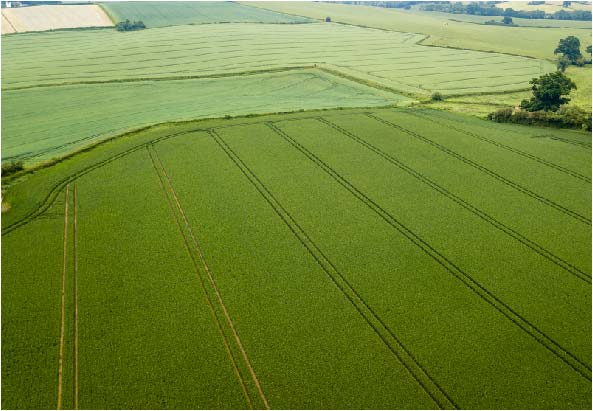After the disruption Covid-19 has caused to ags and softs producers, traders and buyers (not to mention everyday life), the need for CTRM software is more evident than ever. A CTRM supports a wide range of activities in the trade of agricultural and soft commodities, and whilst functionality can vary by system, they typically support deal capture and risk management. More advanced modern systems such as Gen10’s also support wider business processes by managing logistics and supply chains, as well as automating activities.
A good CTRM allows all users to complete their actions against a contract within the system so that others have complete visibility of its progress and there is a seamless transition between teams and between software for faster operations with fewer errors and better decisions. With remote working and heightened business uncertainty set to continue into 2021, organisations forced into managing any stage of their process on offline channels such as spreadsheets, whether it’s because they lack a CTRM or their system does not have the capabilities they need, will remain at a disadvantage compared to their connected peers.
Moving ags and softs beyond CTRM
Trading agricultural and soft commodities often involves a great deal of movement, requiring support from comprehensive logistics and document management functionality, which was not considered part of the role of a traditional CTRM. However, these crucial parts of the trading process need to be carried out with the efficiency and visibility that digital processing provides. This is where commodity management software becomes important. Commodity management technology manages all the aspects of a traditional CTRM but includes many other features too, with the goal of digitalising the full commodity management journey and automating as much of it as possible.
Create contracts, bills of lading, invoices and more with workflows that automate document creation, send documents to counterparties and remind you of key dates, such as notifying the operations team when a vessel is a given number of days from reaching port. Manage stock allocation and shipments, with controls to ensure assays are within tolerance or documents are attached, and automatic matching between purchase and sale contracts for straightforward traceability.
Thinking on a commodity level
Although ags and softs are often discussed as one large category, anyone with experience of multiple commodities knows that there can be vast differences between how they are managed and traded. These differences are why Gen10 solutions come with workflows pre-configured for a wide range of commodities, and can be further refined to work with the way each company operates.

Every commodity is different
For example, wet and dry weights affect many different commodities in different ways. Cotton traders need to manage inspections at multiple points of the process and frequently need to update documents and pricings based on these inspection results, including moisture content. Gen10 workflows ensure these inspections are carried out when required and the Pricing Engine automatically recalculates pricing documents when the workflows are completed after an inspection so traders can manage complexity with ease.
In the above example, water the cotton has absorbed in transit needs to be accounted for in pricing, but for oilseeds a higher moisture content means more oil and in cocoa this metric indicates how much butter will be derived from the beans. Different commodities may also have different storage needs; the physical commodity may be stored and blended in tanks, meaning the organisation needs a digital management system that can reflect this reality. And even without tanks, processors may need a simple solution to manage traceability across containerisation; tracing the provenance of the goods in each container as standard and automatically calculating conversions between packaging types.
These examples only scratch the surface of the differences between commodities that make commodity-specific software processes so vital. This is why Gen10’s CommOS is pre-configured for oilseeds & edible oils, cocoa, cotton and coffee, and can be configured for most other agricultural CTRM requirements without custom development.
In the CTRM space, agricultural and soft commodities are often discussed under the generic “ags and softs” banner as if they had the same requirements and processes, but this clearly doesn’t reflect the subtleties and complexity of trading many of these commodities. It is time for organisations in these supply chains to stop accepting generic technology and to expect software providers are equipped to support the commodities they actually trade.



